
Textile recycling case study: India’s production model
he clothing and fashion industry, a behemoth known for its glamor and trend-setting prowess, also significantly contributes to the world’s environmental challenges. Over the past decade, the industry has been increasingly scrutinized, from resource-intensive production to the mountains of textile waste generated. However, a paradigm shift is underway. The rise of conscious production practices has redefined the industry, with textile recycling at its core.
The fashion industry alone produces vast waste, which ends up in landfills or is incinerated. Both of which account for major pollution crises. According to the Ellen MacArthur Foundation, the fashion industry generates about 92 million tonnes of textile waste annually! This staggering figure underscores the urgent need for sustainable solutions. Qalara salutes brands and creators who intervene and have adopted design and production methods that are much more sustainability-driven and environmentally conscious.
Read on to find out how 2 Indian towns, one in the north and one in the south, lead sustainable production.
Case study 1: Panipat, Uttar Pradesh
World’s largest textile recycling hub
Panipat, often dubbed the “cast-off capital” of the world, is a global epicenter of textile recycling. But how does textile recycling work here? Here, discarded clothing arrives in massive shipping containers from Kandla port in Gujarat, destined for Panipat’s numerous recycling workshops.
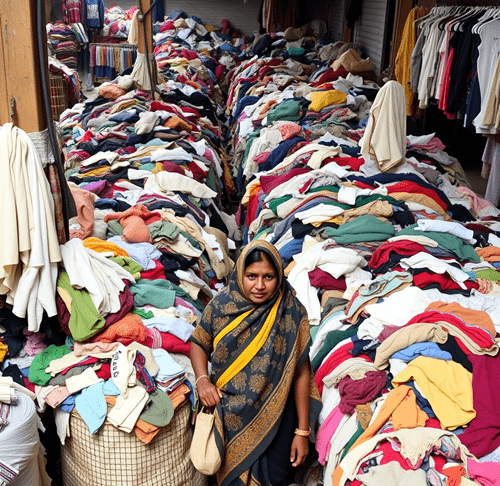
The recycling process begins with meticulous sorting, primarily undertaken by women who categorize mountains of clothing by condition over 8-hour workdays. Undamaged or lightly worn items are repaired and sold at affordable prices in second-hand markets and local thrift shops. The remaining textiles are transformed into recycled yarn through a labor-intensive process. Artisans meticulously separate clothes by color, converting them into yarn that is subsequently woven into various household products on handloom and mechanized looms. Panipat is particularly renowned for its blankets made from shoddy yarn, a type of woolen yarn produced from shredded, imported clothing.
The city’s textile recycling industry employs a large migrant workforce drawn to the available job opportunities. Despite challenges posed by fast fashion, global competition, and technological advancements, Panipat’s textile recycling sector remains robust and resilient. This circular process effectively transforms waste into valuable resources, reducing the need for harmful chemicals, landfill space, and energy consumption.
Also read: Understanding circular economy initiatives
An estimated 100,000 tonnes of discarded clothing are recycled in Panipat annually, creating a significant environmental impact for the better. By incorporating recycled products into our daily lives, we can contribute to a more sustainable future. Qalara partners with Panipat-based sellers to offer a range of products made from recycled textile yarn, demonstrating how traditional craftsmanship can align with contemporary environmental goals.
The next question however is, from a business point-of-view, is textile recycling profitable? A 2023 WGSN report indicates that resale platforms are becoming increasingly attractive to brands aiming to engage younger, eco-conscious, and budget-minded consumers. In this regard, the fashion industry is leading the charge, anticipating a near-doubling of secondhand sales between 2022 and 2027. This trend of circularity presents lucrative opportunities across various sectors.
Case study 2: Tirupur, Coimbatore, Tamil Nadu
A sustainable global apparel hub
A knitwear cluster in Tirupur, near Coimbatore, India, has undergone a remarkable transformation from a heavily polluting textile hub to a globally recognized sustainable apparel manufacturing center. Once plagued by severe environmental issues and protests from local communities, the region faced a turning point when a High Court order mandated the closure of numerous dyeing and bleaching units for non-compliance with stringent zero-liquid discharge (ZLD) norms.
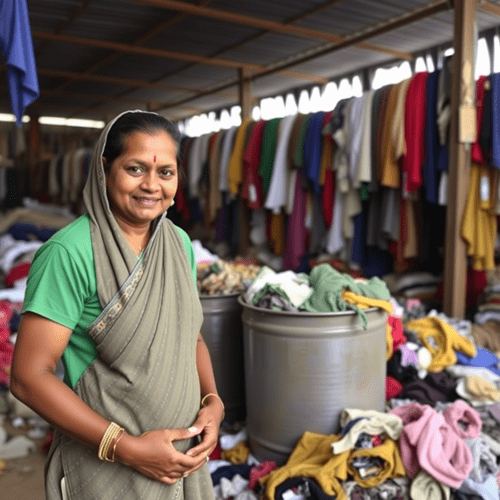
Today, Tirupur is a testament to environmental stewardship by contributing almost 55% of India’s knitwear exports. The cluster’s dyeing and processing units now collectively treat and reuse water through common and individual effluent treatment plants. This pioneering ZLD implementation has drastically reduced water consumption and eliminated hazardous water discharge.
The cluster’s 300 dyeing units, connected to 18 Common Effluent Treatment Plants (CETPs) and 60 Individual Effluent Treatment Plants (IETPs), collectively recycle over 120 million liters of water daily. This water is recovered, treated, and reused, with minimal wastage.
The region’s resilience and the export authorities’ commitment have been instrumental in this transformation. Tirupur has established a model supply chain, by addressing environmental challenges head-on and adopting sustainable practices. Beyond ZLD, the cluster has reduced its carbon footprint through solar and wind energy adoption and rainwater harvesting.
Also read: How are big brands pledging to reduce waste
Tirupur’s journey exemplifies the potential for industrial transformation. Its success in balancing economic growth with environmental responsibility sets a global benchmark for sustainable fashion.
Challenges and future
Textile recycling is gaining traction, but significant challenges persist. The complex composition of many garments, often containing a blend of fibers, hinders recycling processes. Additionally, a shortage of specialized recycling facilities across regions limits the industry’s capacity. Therefore, raising consumer awareness about the detrimental impact of fast fashion, overconsumption and the importance of recycling is crucial to tackle the generation of textile waste.
Also read: The causes & dangers of over-production
Another case study on the overproduction of skinny jeans suggests that if the correct trend forecasting methods were implemented, a retailer could have anticipated the decline in demand and bought 10k-40k fewer units, thereby saving close to $600k in losses and reducing CO2 emissions by 500kgs.
However, despite these hurdles, the potential benefits of textile recycling as seen in the above examples are substantial. By reducing the demand for virgin materials, minimizing landfill waste, creating jobs, and driving innovation, textile recycling is contributing outstandingly to a more sustainable future.
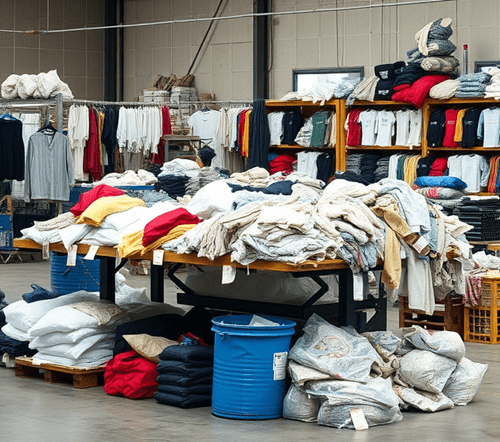
The future of fashion hinges on circularity, with textile recycling as a cornerstone. As consumer awareness of sustainability grows and technological advancements enable innovative solutions, we anticipate a surge in brands adopting eco-friendly practices. To accelerate this transition, collaborative efforts involving industry, policymakers, researchers, and NGOs are essential. Governments can significantly contribute by offering incentives for recycling initiatives and investing in supportive infrastructure.
Conclusion
Ultimately, the success of textile recycling depends on a collective effort. By choosing to support brands that prioritize sustainability, consumers can drive positive change. The textile recycling case studies of Panipat and Tirupur demonstrate that conscious production is not only possible but also profitable. As the industry continues to evolve, we can expect to see even more innovative and sustainable solutions emerge. By embracing circularity, the fashion industry can become a force for good, rather than a source of environmental harm.
~ Written by Anvita Mudbidri



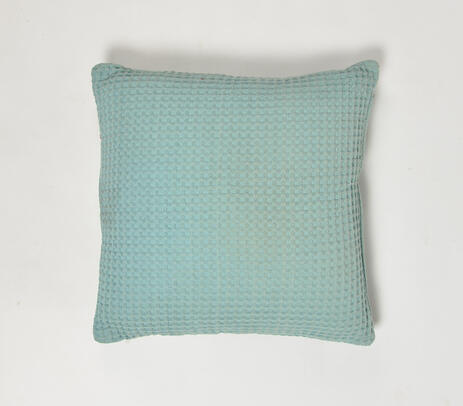
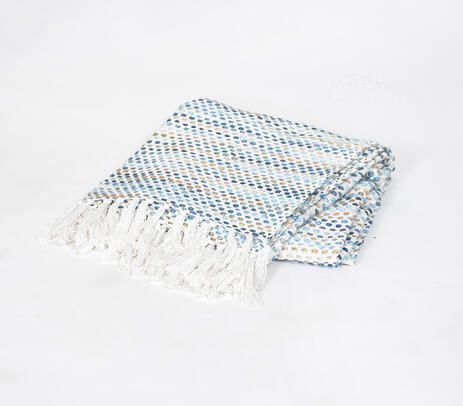
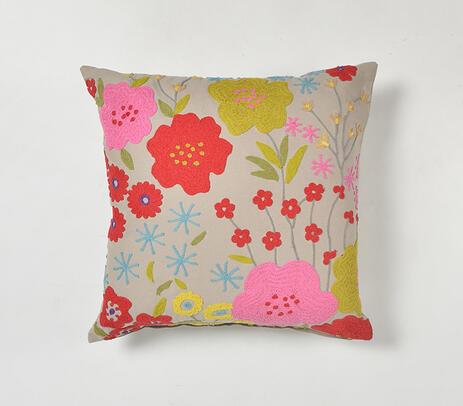

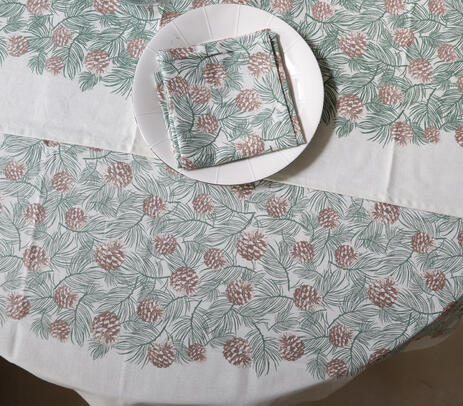
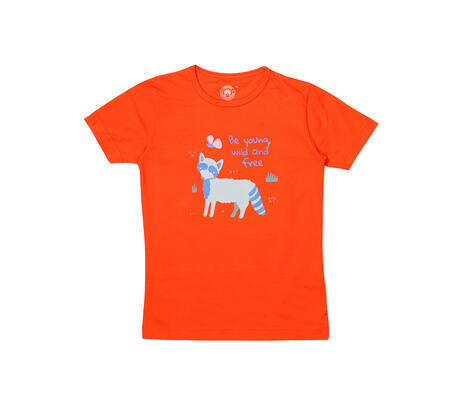
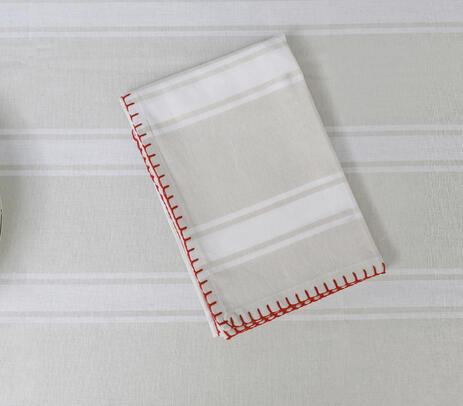



Leave a Reply